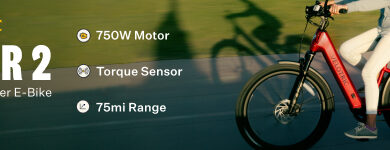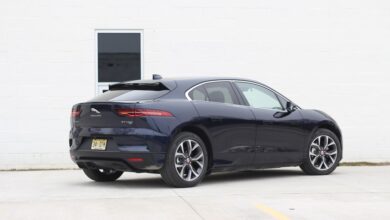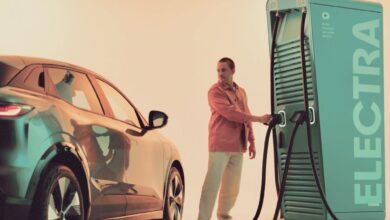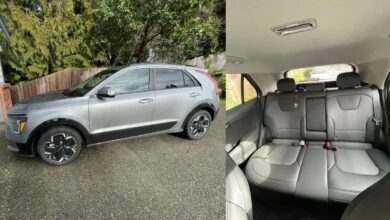Electric cars once ruled the road … in 1910? Yes, before gas-powered revolution

The summer sun was already up on Aug. 24, 1910, when three Wilmington car salesmen, Thomas Brown, Harold Jefferson and Harold Harvey, piled into a 30-horsepower gasoline driven car made by Cole Motor Car.
Eager to demonstrate the range of the Cole, at 7:30 a.m., they headed for the beach. After making stops at Red Lion, Smyrna, Dover, Milford and Lewes, the trio finally rolled into Rehoboth at 2:25 p.m. and promptly drove onto the beach. The Wilmington Evening Journal speculated, “The machine was the first ever seen on the beach.”
The car driven by the three Wilmington salesmen may have been the first car driven from Wilmington to Rehoboth in a single day, but it was likely not the first horseless carriage on the resort’s beach. Two years after Brown, Jefferson and Harvey visited the resort, there were enough cars in Rehoboth for L. T. Carmine to offer “Gasoline, Oils and Repairing” at the Rehoboth Garage on Rehoboth Avenue near First Street.

The three salesmen, however, were probably not concerned with being the first on the beach. They were more interested in demonstrating the practicality of driving the length of Delaware in half a day’s time. In 1910, cars with gasoline engines, such as the ones made by the Cole Motor Car Company, were competing against cars driven by steam and electricity.
At the beginning of the 20th century, about 40 percent of American cars were powered by steam, and just under 40 percent were powered by electricity. The rest, around 22 percent, were run by gasoline engines.
Stanley Steamer, the most prominent manufacturer of steam-powered cars, advertised in the Newark Post on July 3, 1912, that their cars were “superior of any stock gasoline car at any price in power, speed and easy riding qualities.”
Tough time for Assateague herd: Assateague herd of wild horses suffers two foal deaths in difficult season
Steam driven cars had a small boiler that produced steam that drove the pistons that powered the car. In its advertisement, Stanley Steamer pointed out, “It has no fly wheel, clutch, shaft, chains, change-speed gears, universal joints, carburetor, magneto, batteries, cooling system, self-starting mechanism; in short, none of the complicated, cumbersome harness required to make up to some degree, the deficiencies of the gasoline engine … There are only twenty-six moving parts.”
The Anderson Electric Car Company, who manufactured the Detroit Electric car that ran on rechargeable batteries, claimed in an advertisement in the Wilmington Evening Journal on Oct. 14, 1915, that its car was the practical automobile, and “You can use the Detroit Electric 365 days every year with perfect comfort. Secondly — every member of the family can drive it easily and safely. Third — the Detroit Electric rarely needs any attention. Fourth — the Detroit Electric it silent and clean always. Fifth — the Detroit Electric is extremely economical.”
While steamers and electric cars held an advantage over gasoline vehicles for over a decade, there were drawbacks with each of these vehicles. Steamers took a long time, sometimes up to 30 minutes, for water to be heated up and to produce enough steam to start driving. Electric cars started immediately, but they had a limited range.
SU lax player makes SportsCenter: Salisbury University’s Bromwell makes SportsCenter Top 10 for lacrosse goal. See it here.
As the three Wilmington car salesmen demonstrated in their epic drive to Rehoboth, cars running on gasoline were evolving into dependable vehicles, and steamers and the electric car companies were eventually driven out of business.
Principal sources
Evening Journal Aug. 26, 1910; Oct. 14, 1915.
Newark Post on July 3, 1912,
Vinfast, “38% Of American Cars Were Electric In 1900 – What about in the future?”https://community.vinfastauto.us/industry-news/38-of-american-cars-were-electric-in-1900-what-about-in-the-future/
This article originally appeared on Salisbury Daily Times: Yes, electric cars did rule road in Delaware, way back in the 1910s



